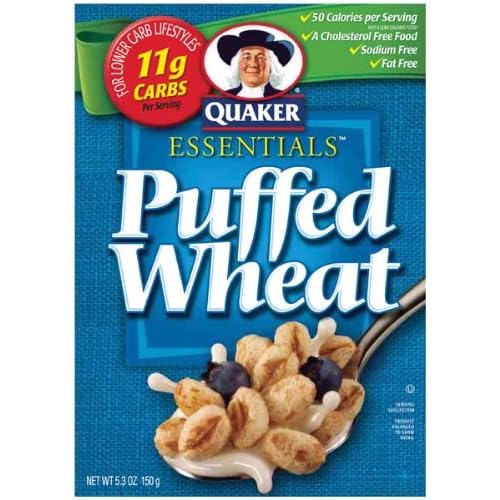Pennywise
Brewin' Beer for Crazy Clowns & Juggalo's
- Joined
- 11/5/08
- Messages
- 4,311
- Reaction score
- 14

Graham Wheeler himself replied. That's incredible, I'll never wash my computer screen again :unsure:
Re: Torrefied Wheat in UK Ales
by Graham on Wed Dec 16, 2009 11:10 am
It is used for head retention. Its flavour contribution is minimal at the low levels that it is usually used at. It is more likely to contribute to a set mash than prevent it. Unmalted grains are rich in beta-glucan gums, which is why they are used for head-retention. However, beta-glucans increase wort viscosity so if used to excess they would impede mash run off.
G.W.
Him da boss
:icon_cheers: :icon_cheers:
And God said unto Bribie.... :lol:


Every hair on my body, including some I didn't know I had, is still standing on end

One would assume so since the book was published by CAMRA, however it's more than possible there were a number non-author-approved edits made before it was published.who in the hell is Graham Wheeler and and is he CAMRA approved?
Like this?jayse said:Torrified wheat is not malted it is puffed wheat, it can be found in some breakfast cereals etc, it is puffed like popcorn in hot air.
Its generally only used in small amounts in some pale ales/bitter and also sometimes used in wit as a portion of the raw wheat.

Enter your email address to join: